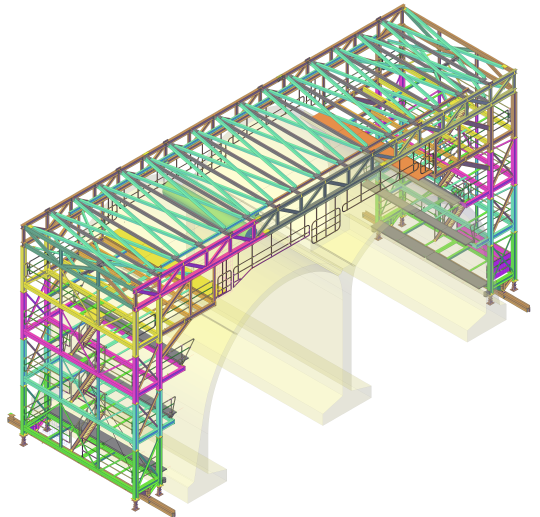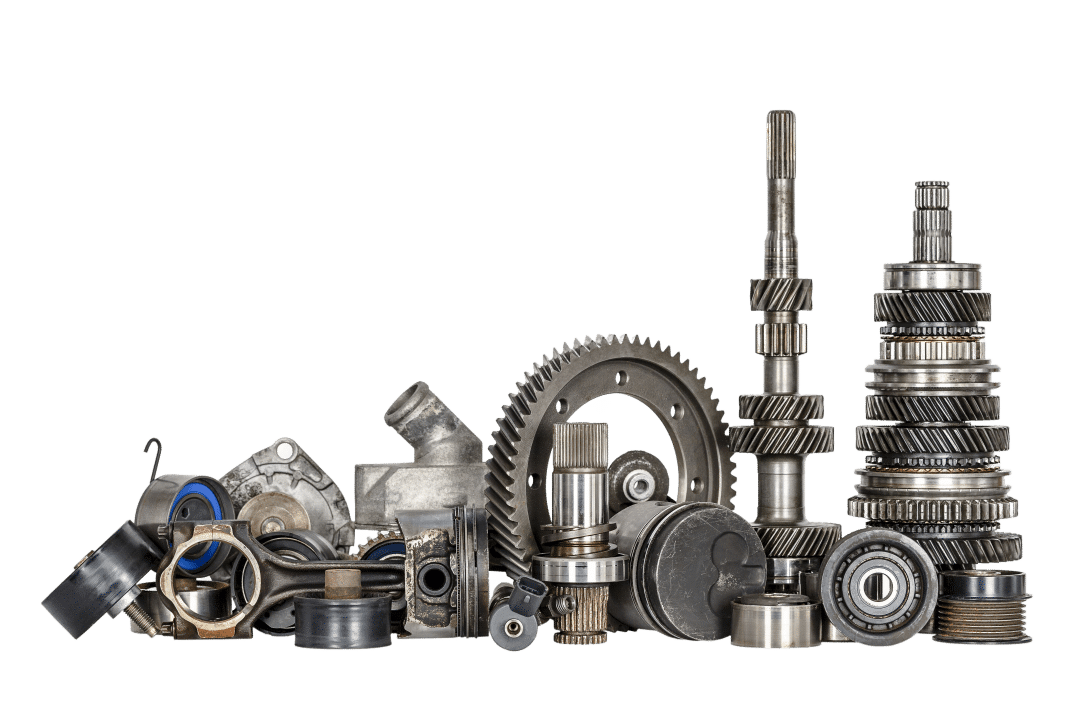At Restoric Design, we offer premium computer-aided design (CAD) services for clients interested in outsourcing their steel detailing. But why do we prefer CAD to manual drafting methods? And what are the benefits and drawbacks? We’ve put together a list of the pros and cons below to help clear up any confusion.
What is CAD?
CAD is a kind of software that engineers, architects, and other construction professionals use to create models and draft designs. It can be used to craft precise 2D drawings or 3D models, depending on the requirements of the task at hand.
What are the pros of CAD?
Adopting CAD comes with tonnes of benefits for designers, including:
1. Higher productivity levels
CAD is quick to learn and easy to use, allowing designers to work faster and more effectively than ever before. While hand-drawing models can be rewarding, it is often a slow and laborious process. Thanks to CAD software, organizations can produce high-quality designs quickly without compromising on precision.
2. Designs are easy to test
CAD software allows designers to test their models against any number of variables. If changes need to be made, they can adjust the file in a matter of seconds. This represents a vast improvement on old working methods, whereby teams would have to start designs afresh if their original model didn’t function as planned. Indeed, it also allows designers to diagnose problems before any prototypes or final models are produced. This can save companies a significant sum of money in the long term.
3. Designs can be saved and used again
CAD files are easy to save and can be stored for as long as you need them – great news if you plan to reuse a design in future.
4. CAD drawings are easy to read
Some engineers and construction industry professionals find hand drawings difficult to interpret. CAD drawings are standardised and, therefore, legible for workers across a range of industries and departments. Whether you’re hoping to impress investors or educate your sales team about a product, CAD designs represent are easy to understand and gorgeous to behold.
5. CAD designs are easy to share
CAD documents are easy to share with others and usually come with complete design histories. As such, CAD software is perfect for collaborating with other designers, even if you’re working remotely.
6. CAD allows designers to make mistakes
A slip of the hand can ruin a hand-drawn model. With CAD, designers can make as many mistakes or changes as they desire without compromising the quality of their final product.
What are the cons of CAD?
You’d be hard-pressed to find a designer who prefers manual drawing over CAD methods. However, there are a few drawbacks of which to be aware, including:
1. High-quality software can’t make up for substandard skills
Some industry professionals worry about the effect of CAD on the calibre of designs. While most CAD drawings look impressive to the untrained eye, steel detailing and other forms of construction design are just as demanding as they ever were. Although CAD software offers excellent testing features and functionality, it cannot tell you how to create a sleek design. As such, hiring skilled designers is still vital.
2. CAD can detach designers from the physical world
Spending too much time in the virtual world can sometimes alienate designers from the realities of the physical world. This can make workable designs more difficult. To get around this, designers may wish to combine their use of CAD with occasional hand drawing sessions.
Reach out to Restoric Design today
Are you on the hunt for highly qualified steel detailers? Don’t hesitate to get in touch with Restoric Design today.


